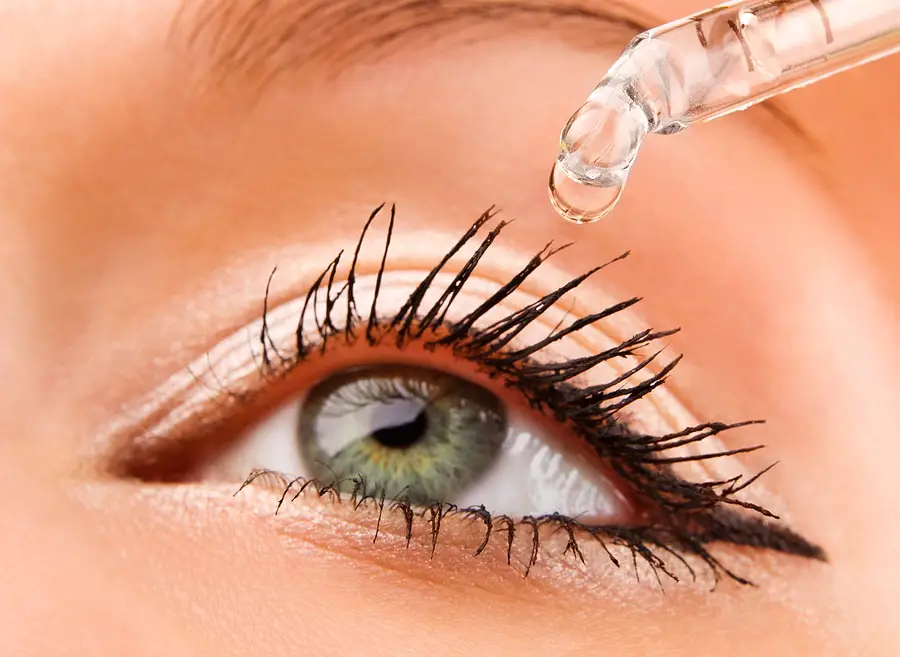If you spend a lot of time in front of your computer screen, you might be in for a shock. Your eyes weren’t designed to be constantly focusing close up like that on a backlit screen.
None of this comes as a surprise to you, but what you might not know is that there is a serious health risk that comes from staring at your monitor for too long. Use the 20/20/20 rule, and save your eyesight.
Decreased Blinking Effect
With more and more people wearing contacts, the problem of extended monitor viewing is somewhat augmented. For example, let’s say you visit Lenstore and renew your contact order – buying up as many disposable contact lenses as possible.
You don’t want to deal with cleaning, so you go with weekly disposables. Here’s where the problem starts to set in. When you stare at a computer screen all day long, your blink rate decreases dramatically. Normally, you may blink 20 times per minute. But, in front of a computer screen, you may only blink 8 or 10 times her minute.
This slowing of the blink reflex has huge implications. First, you’re not lubricating your eyes with tears quite as much which contributes to a drying effect. Second, your eyelids are a source of oils for your eye. When you slow the blinking rate, your eyes won’t be lubricated as much that way either. Again, this contributes to a drying effect.
Symptoms Of Overuse
Redness, burning, an “out of body” experience with your eyes, itchy, and even watery eyes are all symptoms of dry eyes. If you start experiencing any of these symptoms, stop using your monitor immediately. You can also experience eye fatigue and even temporary myopia (blurred vision when looking far away). Finally, it’s not uncommon for accommodative stress to blur your vision at all distances.
How To Protect Yourself?
If you’re experiencing any symptoms, it’s important to give your eyes a some rest. To prevent or reduce the chance of developing symptoms in the future, use the 20/20/20 rule. Basically, this rule says that for every 20 minutes you spend in front of the monitor, you should take a 20 second break and look at something that is at least 20 feet away.
This has the effect of relaxing the eyes. Contrary to what you might think, humans are naturally emmetropic (we see better looking at images far away). It’s only when eyes become diseased, damaged, or we suffer from nearsightedness that we have trouble seeing far away.
To look at things up close, our eye muscles have to contract and essentially elongate the eyeball. Chronic lengthening of the eye is what eventually produces a myopic state.
By looking away into the distance, you’re relaxing all muscles of the eye that are used to focus on objects closer than 20 feet away. You’re also giving your eye the opportunity to look at 3D objects instead of a flat screen. Light is bounced off of these objects rather than being beamed directly into your eye. All of this helps to reduce strain and minimise eye strain and dryness.
Author Bio:
Roger Anderson stares at screens all day. He investigates ways of increasing productivity and improving workplace conditions while being gentle on the eyes.












